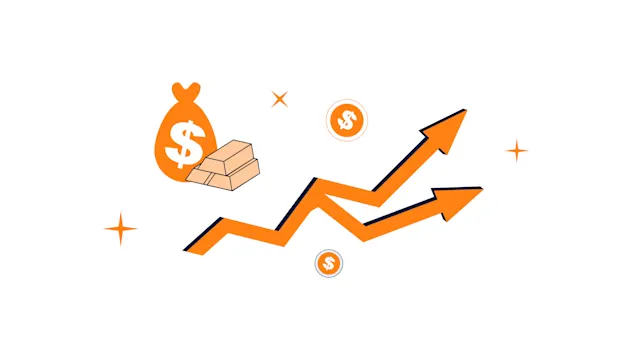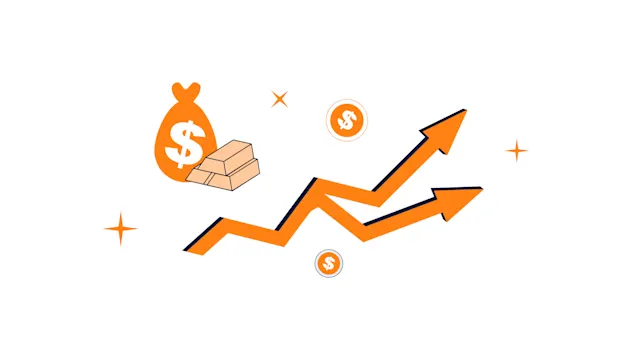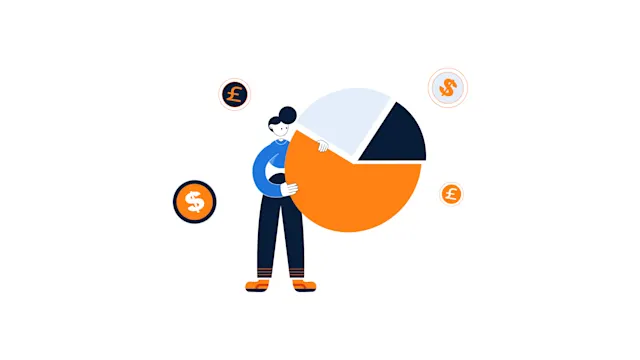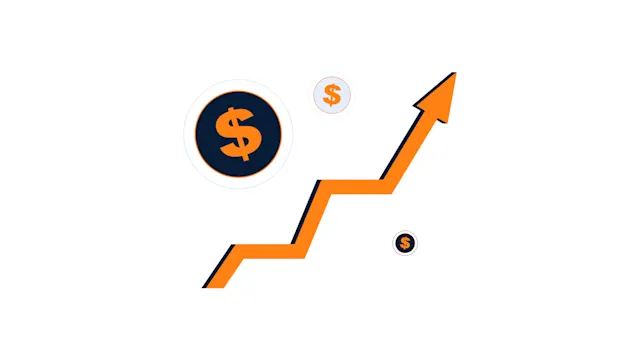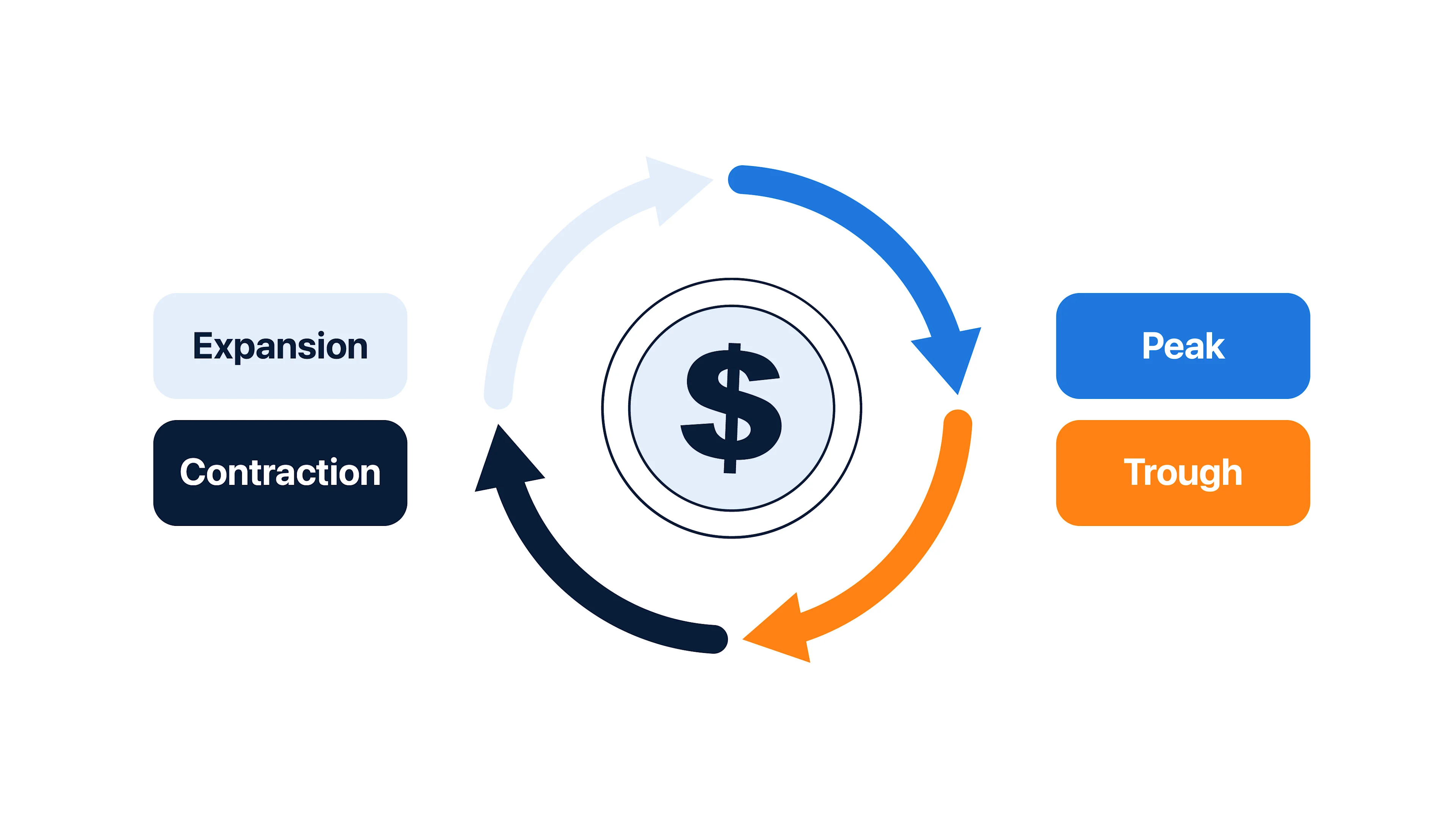
The Economic Wheel
An economy can be defined as the production, consumption, and trade of goods in a given area.
An economy can be defined as the production, consumption, and trade of goods in a given area. It can be viewed from a national or global perspective which has become increasingly important due to increased global trade. The economic wheel refers to the fluctuations in an economy between periods of expansion and contraction.
How does it work
The economic cycle, also known as the business cycle, is visualized as a circular movement that moves from expansion to contraction and then starts again. Factors such as interest rates, inflation, and consumer spending are known to influence the cycle.
The economic cycle main consists of four stages:
Expansion: The economy experiences rapid growth, lowered interest rates, and production increases while inflationary pressure builds.
Peak: This is also known as the market top; this occurs when economic growth has hit its maximum. A peak usually creates an imbalance in the economy and is illustrated by high inflation.
Contraction: At this stage, the economy begins to slow down, evidently through reduced economic activity, falling employment rates, stagnated prices, or increased interest rates that help to curb inflation. In severe circumstances, it may result in a recession.
Trough: the bottom of the market cycle is hit, and at this stage, the recovery begins on its way back to expansion.
The causes of the economic cycle are widely debated by different schools of thought, mainly the Keynesian and Monetarists, who present entirely different opinions.
Who makes up the economic wheel?
On a small scale, the economic wheel is turned by people who participate in the economy by buying (groceries and luxury items) and selling (selling products in a shop, going to work to provide a service). Similarly, Governments and global businesses do the same thing but on a large scale across three market sectors.
The primary sector: This involves the extraction of natural resources (gold, oil, wheat, etc.)
The secondary sector: Primary material is processed in manufacturing facilities to produce consumable products.
The tertiary sector: Secondary products are then advertised and distributed to consumers.
These sectors may be carried out by the same individual (company or government) or different companies. Multiple companies exist in the same sector, thus providing business competition that can improve the production of each sector.
How is economic activity measured?
Gross Domestic Product (GDP) is the most common metric used to measure an economy which seeks to calculate the total value added through the production of goods and services in an economy for a given period. Essentially, a rising GDP indicates growth in production, income, and spending, while a decreasing GDP would suggest the opposite.
The credit system
Lending and borrowing
We previously identified that the economic wheel turns through buying and selling of goods (trade); Thus, it is not ideal to have idol money or assets. Money can be put to work, for example, through lending and borrowing. A person in need of liquidity (cash) can go to an individual (usually a bank) to borrow cash with the promise to pay it back in the future with interest. This enables the borrower to spend money they do not have at the moment and the lender to free idol money and generate an income from it. A lender and borrower’s agreement creates credit, which promises to pay back the money in the future. Credit brings debt that is only eliminated once paid back in the future. Eliminating debt requires an increase in production to cover the present needs plus the debt or, more commonly, for the economy to slow down in the future (contraction period).
The Banks
Banks act as the middlemen (brokers) for borrowing and lending services. Firstly, they provide capital to borrowers, thus serving as the lender and charging an interest rate. Secondly, by operating on the fractional reserve system, banks are essentially borrowing from their client's account deposits. Banks with high-interest rates attract more lenders (clients) because of the incentive for a higher return. Alternatively, borrowers seek banks with lower interest rates to avoid paying more on top of the principal sum.
Central banks
While commercial banks cater to the interest of their clients, central banks are more of government entities. They are tasked with monetary policy, regulating banks, and conducting monetary research. Most central banks are given the power to control interest ratesand quantitative easing. These powers enabled them to stabilize the economy during high inflation or deflation and reduce high unemployment rates. Central banks have to walk the thin line between market collapses and inflation within the economic wheel and ensure that the economy is not lead to a severe inflationary or deflationary period.
A credit system is necessary to enable the elasticity of money and expand the economy. The more credit a person has, the more they can spend to purchase goods and services; thus, the seller, on the other end, earns more. This enables the economic wheel to continue turning, but when inflation gets too high, the central banks are forced to intervene and counter it.
Crypto and the economic wheel
More credit leads to economic expansion, while fewer credit contracts the economy. This cycle creates short-term debt cycles, which lead to the long-term debt cycle. Central banks manage the severity of these fluctuations by controlling interest rates and quantitative easing; lower interest rates encourage spending, while higher interest rates discourage spending and encourage saving money.
The debt cycle has a direct impact on stocks, bonds, corporate earnings, and productivity. This is important to investors in the traditional and crypto markets because it allows them to understand when to reduce or increase their exposure in the market.
Bitcoin usually determines the direction of the crypto market. It is also referred to as the digital gold and inflation hedge. However, its market movement is still heavily correlated to the traditional market mainly because it is still viewed as a “tech stock.” Therefore, understanding the economic wheel and its correlation to the crypto market remains a significant part of technical and fundamental analysis for crypto investors.
